
What really happens begins with genetics, injury, or illness not with eating too much sugar or any other food. The body sugars an injury, and blood sugar levels go up. Ordinarily, insulin just transports sugar out of the bloodstream into liver and muscle cells and blood sugar levels go right back to normal. In insulin resistance, however, cells are unprepared for the flood of sugar they would receive when blood sugar levels are exceptionally high. Too much sugar would lead to too much activity and too many free radicals that could damage the DNA. Cells change their surface receptors so that it takes more insulin to transport the same amount of sugar. This leaves sugar in the bloodstream. The pancreas tries again to lower blood sugar levels by releasing still more insulin, and cells in most of the body become even more insulin resistant. But not the cells of the ovaries. When bloodstream concentrations of glucose sugar are high, the ovaries have no way of resisting insulin to keep sugar out. All the sugar makes the ovaries act as if they had ADD, and they start churning out hormones including testosterone. The additional testosterone can cause acne, hair growth, and infertility. And even additional estrogen is not enough to overcome its effect.
The first step to toward normalizing estrogen levels with food, therefore, is to eat less sugar. Reducing sugar and calorie consumption enough to lose just two to five pounds of total body weight may be enough to bring testosterone levels under control. Then, eating the right foods, can increase estrogen levels in ways that enhance fertility. Almost all beans and peas, and especially soy, contain trace amounts of chemicals that act in the same way in the body as estrogen. Split peas, blackeyed peas, chickpeas, and pintos are among the better foods for fertility. Also high in estrogen-like compounds are fennel, garlic, and parsley. Hops are a great source of phytoestrogens but women seeking to become pregnant should not drink beer.




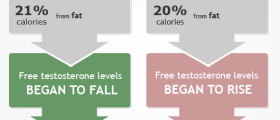


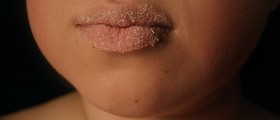


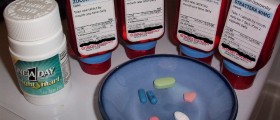

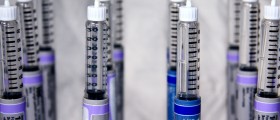
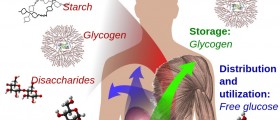



Your thoughts on this
Loading...